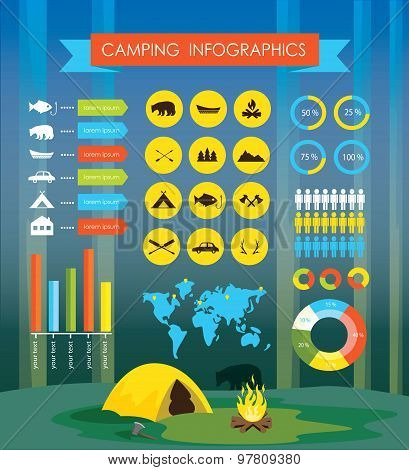Partnering Up With The Internet To Sell Camping Tents Online
Partnering Up With The Internet To Sell Camping Tents Online
Blog Article
Taking Photos of the Night Sky
A variety of elements can impact night sky photography. From weather conditions to upcoming celestial events, you'll want to plan ahead to ensure success.
How do you dry a tent fast?
The shutter rate you pick establishes whether celebrities look like exact pin-points or path across the image. An excellent general rule is to restrict the direct exposure to 500 seconds, or the equivalent of your lens's focal length.
Location
Among one of the most essential factors in a good picture is where you take it. Go for places with minimal light pollution, and stay clear of areas that have brilliant city lights and skyscrapers.
Likewise, try to find a place that offers foreground components to develop structures with. For instance, dune patterns, wind-sculpted ridges and rocky outcrops can all provide fascinating foreground components to assist tell the tale of your evening skies photograph.
It is also handy to study huge events such as meteor showers and lunar eclipses to make the most of opportunities for wonderful pictures. Utilizing a tool such as the Digital photographer's Ephemeris can be exceptionally helpful when planning your shoots. It aids you to establish moon phases, Milky Way placement and various other astronomical occasions. Likewise, consider capturing in RAW style instead of JPEG as this gives you a lot more versatility when processing the photos. This is particularly true if you intend to publish your photos.
Electronic camera Settings
Getting the appropriate video camera settings is necessary for any type of photograph, yet particularly so for night skies photos. A wide-angle lens is best for recording even more of the Milky Way and lowering star trails, along with a longer shutter speed to quit the movement of celebrities and expose their information.
For an optimum level of quality, shoot in RAW style instead of JPEG, which enables you to preserve even more data and gives versatility liveable tents throughout post-processing. This can likewise add to submit size, so see to it you have lots of storage space and additional memory cards accessible.
Set your emphasis to hands-on focusing by flipping the AF/MF switch on your lens right into MF mode. You might require to take a few test shots and inspect the image playback on your cam's LCD screen till you achieve best, determine hands-on emphasis. It's a great concept to do this during the day with your picked lens and the location you will certainly be shooting at evening, to validate the accuracy of your emphasis setting.
Illumination
A good night sky picture calls for the best problems. This includes a dark skies, but likewise an interesting foreground aspect such as a hill on the horizon, a lake to show the celebrities, or a human aspect like a barn or shed. You can also use a headlamp to illuminate the foreground and include some drama or deepness to your image.
The most vital video camera setups for evening sky digital photography are the aperture and shutter rate. The larger the aperture, the extra light that reaches the sensor. This permits you to capture brilliant stars in a fairly brief amount of time.
The shutter speed figures out whether your stars will be pin-point best or if they will certainly appear as celebrity routes due to the Planet's turning. Make sure to take numerous lengthy exposure shots and stack them in post-processing for the very best results. Finally, shoot in RAW setting to give yourself optimal latitude in post-processing.
Make-up
The secret to lovely star shots isn't a high-end telescope, a new wide-angle lens or a state-of-the-art Canon or Nikon camera. It's method, preparation and make-up.
For starters, search your shoot area beforehand to get a feel for the design and prospective make-ups. Consider integrating foreground components such as rocks, a lake or alpenglow on the landscape to include character and rate of interest to your images.
Bear in mind the Rule of Thirds when composing your pictures. This straightforward concept helps balance and merge photos. It's additionally useful for focusing on sights in your image, such as rock features or the Milky Way. Likewise, keep in mind to intend your shoots around moon phases-- shooting at a full moon can overpower celebrities and develop a silhouetted form, while firing on nights with a new moon can help you see constellations much more plainly.
What is the difference between glamping and camping?
